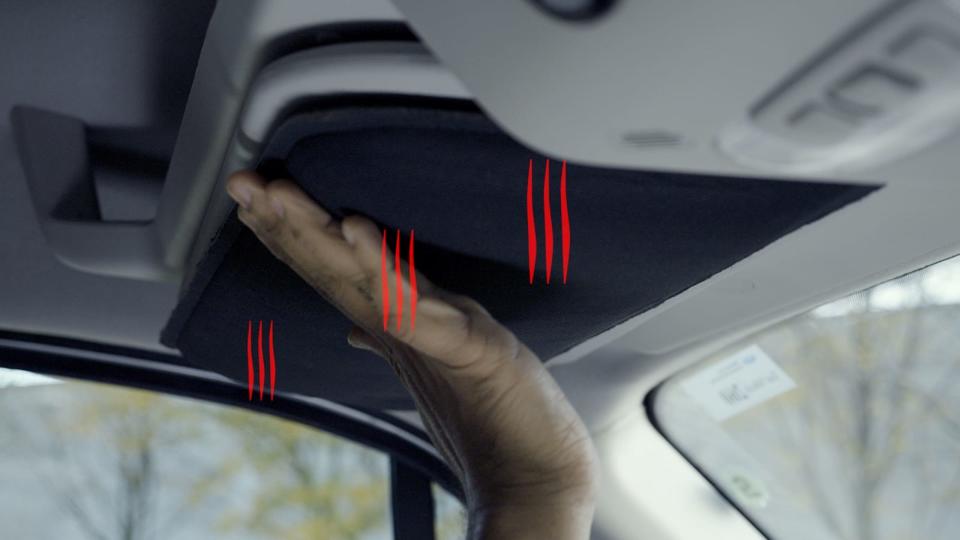Ford study shows heated interior panels could save EV range

Temperature is one of the biggest enemies of electric car range. Some of that is keeping the batteries in the prime operating temperature range for best performance, but it's also keeping the people inside in their prime operating temperature. And that requires energy, which in turn takes away from what can be used for traveling. In an effort to find more efficient ways to manage cabin temperatures (specifically warmth), Ford ran an experiment to see which works better, the traditional HVAC system or heated interior panels.
The test was focused on delivery vehicles, using E-Transit vans. The reason being that it can be tricky to keep the cabin warm with frequent door openings. And the company compared regular vans running HVAC and modified vans with nearly every surface imaginable concealing heating pads. And we mean every. The seats, headrests, armrests, door panels, sun visors, lower steering column cowl and even the floor mats. At the end of Ford's testing period, which seems to have taken place across multiple seasons, the heated panels managed to use 13% less energy in keeping the cabin comfortable. Ford says that savings could improve driving range by 5%.
The reason for this, according to Ford, is that anytime the doors open on these delivery vans, much of that warm air is immediately lost, and when your heater is only specifically heating the air, you're sort of back to square one. But by heating the various surfaces in the cabin, they'll mostly remain warm, even with doors opening, so that's less lost energy.


 Yahoo Autos
Yahoo Autos 
